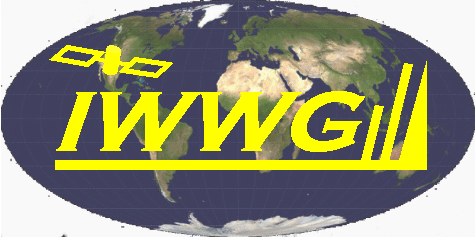Comparing Wildfire LEO-GEO and GEO-GEO Stereo Winds and Aerosols to WRF-CMAQ simulations
We compare use two new geostationary satellite-based algorithms to quantify constraints on wildfire plume modeling simulations. Our approach is twofold. Combining NASA’s legacy MODIS products with the GOES Advanced Baseline Imager imagery, the state-of-the-art 3D-Wind algorithm, we first compare satellite-based detected wildfire plume injection heights with CMAQ, a chemical transport model. The validated GOES-MODIS 3D-Wind algorithm provides plume dynamics data with < 200 m vertical resolution for plume height and < 0.5 m/s for plume speed. Secondly, we compare aerosol type observations from the novel Multi-Angle Geostationary Aerosol Research Algorithm (MAGARA) to constrain modeled smoke hotspots and dispersion patterns of aerosols. Consistently modeled meteorology and extensive satellite coverage combine to produce more accurate plume injection heights and dispersion patterns, especially in areas where ground measurements are limited or absent. We compare the results of the two novel algorithms, 3D-Wind and MAGARA, to the 2018 Camp Fire event CMAQ runs. Geostationary satellite wildfire plume-attribute products provide spatiotemporal context and can decrease errors in plume characterization. According to the EPA, wildland fires contributed approximately 30 percent of directly emitted fine particulate matter, linked to premature death from heart and lung disease. By capturing the dynamic wildfire plume dispersion, height, and winds, we can determine if fire plumes stay within or shoot above the planetary boundary layer and constrain modeling results. Improved accuracy, coverage, and characterization of plume injection height data increase the effectiveness of management methods that reduce and estimate smoke exposure.






